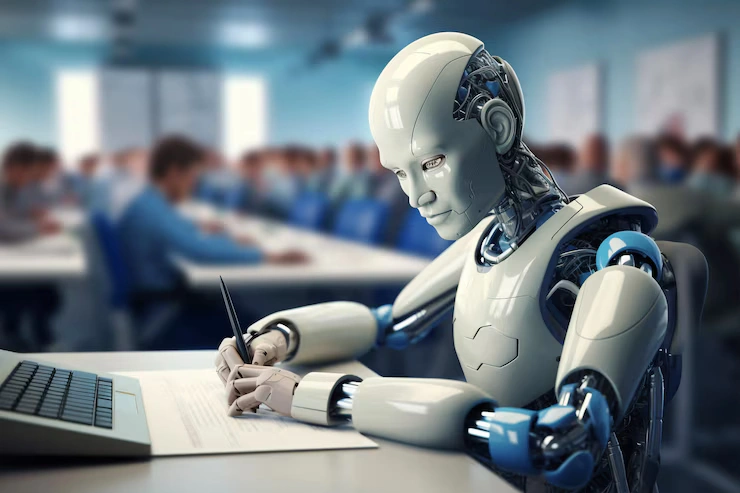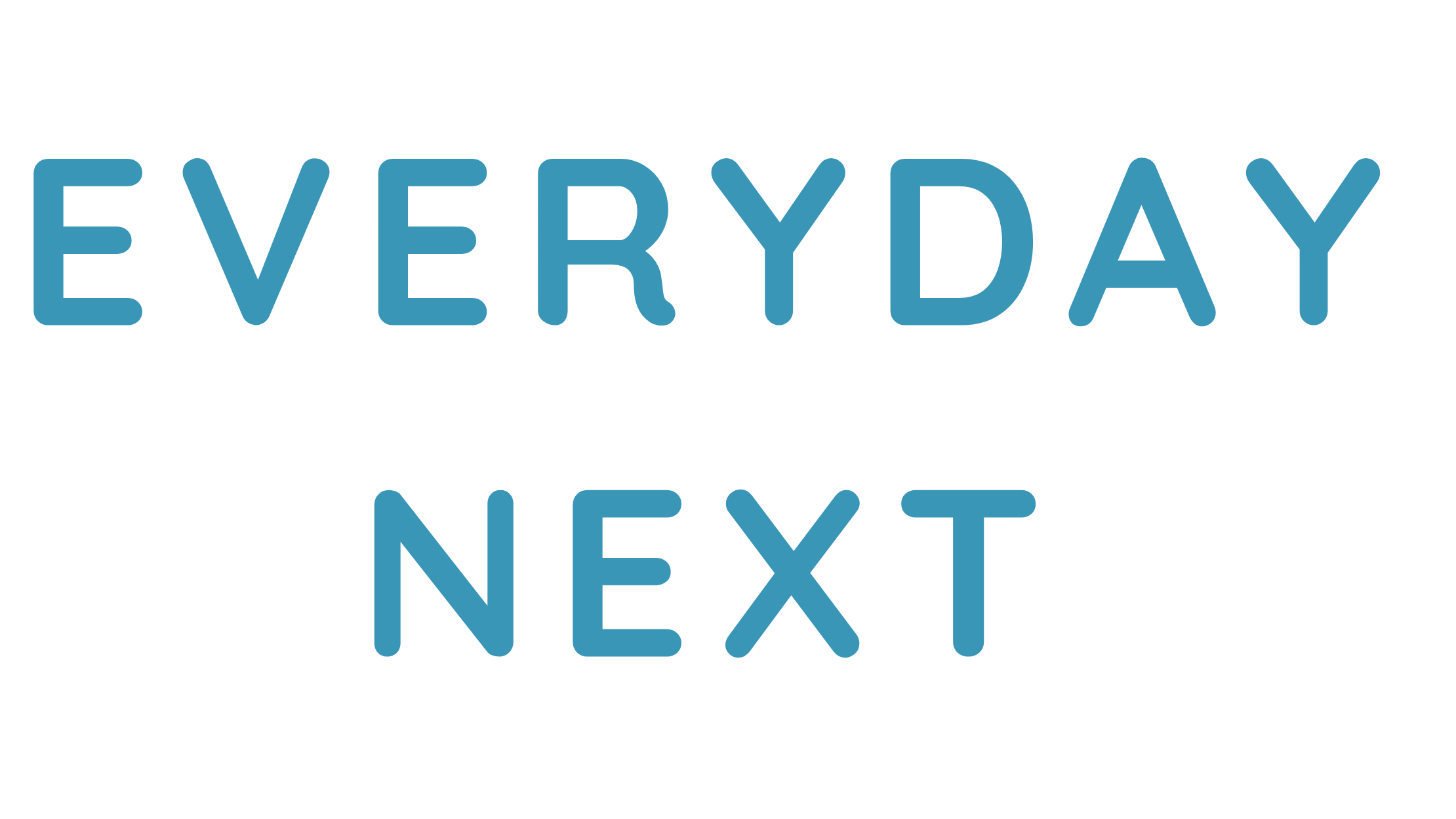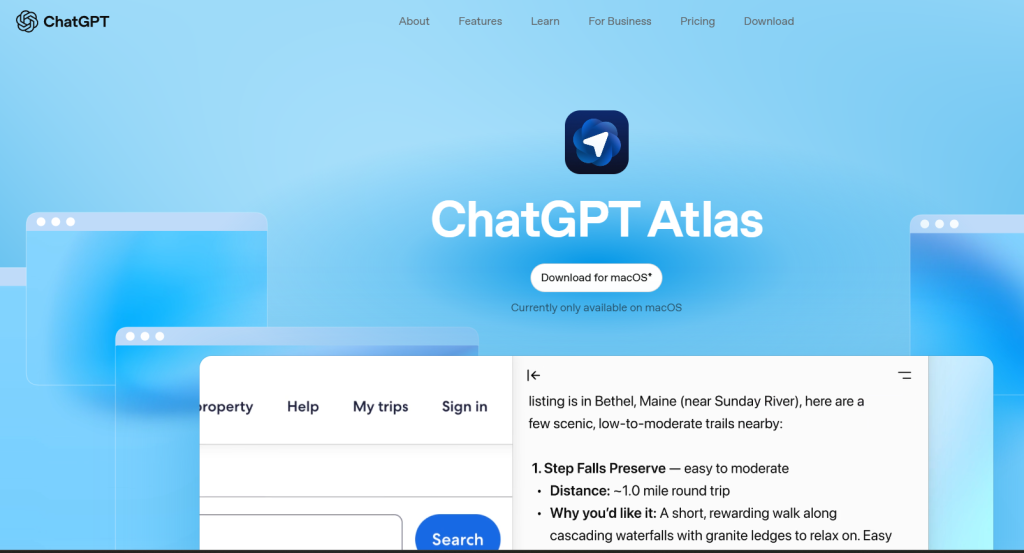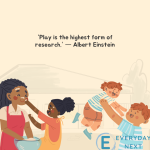
AI in Education: How Smart Tools Are Shaping the Future of Learning
The rise of AI in education is transforming how students learn, how teachers teach, and how institutions operate. With smarter tools, schools are becoming more adaptive, responsive, and personalized. These innovations are not just about automation, they’re about amplifying the human element in learning. Unlike Traditional teaching methods, AI in education allows learning to adapt to each student’s pace and preferences. It opens doors to global content, automates routine grading, and identifies knowledge gaps in real-time. In the years ahead, the impact of AI education will only grow, shaping the way we prepare future generations.
Smarter Classrooms, Smarter Learning
From virtual tutors to automated assessments, AI in education brings various smart solutions into the classroom. These tools enhance teaching efficiency and student understanding in ways never before possible.
- AI-driven platforms create custom lesson plans for students
- Voice assistants answer student questions instantly
- Predictive analytics spot struggling students early
These tools give educators valuable insights, saving time and energy. With AI in education, learning becomes less about memorizing facts and more about mastering skills. It supports teachers rather than replacing them, making education more effective and inclusive.

Personalized Learning at Scale
One of the most powerful benefits of AI in education is personalized learning. Each student learns differently, and AI helps tailor the material to match their needs. This method improves engagement and success rates. Students no longer feel left behind in Fast-Paced Classrooms. With AI in education, learners can revisit topics, practice at their pace, and get instant feedback. This individual focus boosts confidence and deepens understanding. In large classrooms, it’s hard to give each student personal attention. But with AI in education, everyone gets support that suits their learning style. Algorithms track progress and adjust the difficulty to keep students challenged but not overwhelmed.
Real-Time Feedback and Assessment
Timely feedback is critical in education. Traditional assessments are slow and don’t always reflect true learning. AI in education changes that. It gives immediate insights into student performance and highlights where improvements are needed.
- AI tools assess student work within seconds
- Feedback is customized and constructive
- Teachers get reports on class progress instantly
This kind of rapid response makes the learning experience more dynamic. Students don’t have to wait for test results to know how they’re doing. AI in education creates a constant feedback loop that supports both learners and instructors.

How AI Supports Educators
Far from replacing teachers, AI in education makes their work easier and more meaningful. Smart tools handle repetitive tasks like grading, attendance, and data entry. That means teachers can focus on what they do best, mentoring and motivating students.
| AI Tool | Function | Benefit to Educators |
| Automated Essay Graders | Evaluate writing tasks with AI | Saves hours of manual grading |
| Adaptive Learning Platforms | Adjust content for individual learners | Supports differentiated instruction |
| AI Chatbots | Answer student queries after school hours | Ensures learning continues beyond the classroom |
| Data Analytics Dashboards | Visualize student performance trends | Helps in early intervention |
| Speech-to-Text Systems | Convert lectures into notes | Makes content accessible for all learners |
With AI in education, teaching becomes more data-driven. Educators can make informed decisions, design better curriculum plans, and even identify areas where their own teaching can improve.
Breaking Barriers to Access
AI in education also helps reduce inequalities. Many students face barriers, language, disability, or location. AI tools can Translate Lessons, provide subtitles, or create content in multiple formats.
- Text-to-speech helps visually impaired learners
- Real-time translation supports non-native speakers
- Online platforms make learning available anywhere
These innovations ensure that more students can access quality education, regardless of their background. The goal of AI in education is not just to improve learning outcomes but to democratize them.

Challenges and Ethical Considerations
Despite its advantages, AI in education raises concerns. Privacy, data security, and algorithmic bias are major topics. Schools must ensure that AI tools are transparent and equitable. Educational institutions must also train staff to use AI responsibly. Teachers and administrators should understand how the technology works and how it impacts students. Responsible use of AI in education means protecting student rights while maximizing benefits. Governments and organizations are already working on guidelines and frameworks. As the use of AI in education grows, ethical standards must evolve alongside it.
Looking Ahead: The Future of AI in Education
The future of AI in education is bright. From intelligent tutoring systems to virtual reality classrooms powered by AI, the next decade will bring even More Innovation. Schools may use AI to predict career paths, help with college placement, and create immersive simulations for real-world learning. AI will also support lifelong learning, helping adults upgrade their skills in a changing job market. In this future, education won’t be a luxury, it will be a necessity. Institutions that adopt it now will be ahead of the curve. For students, this means more personalized, effective, and enjoyable learning experiences.
Conclusion: Learning Gets Smarter
AI isn’t replacing teachers, it’s redefining education. With education, classrooms are smarter, students are more engaged, and learning outcomes improve across the board. By embracing these tools today, schools are shaping a better tomorrow. The key lies in using AI thoughtfully, ethically, and creatively. The journey of AI in education has just begun, but its impact will last for generations to come. Smart tools are not just innovations, they are instruments of empowerment. As we move forward, AI in education will continue to unlock potential, inspire curiosity, and build a smarter world.
FAQs
1. What is AI in education?
AI in education refers to the use of artificial intelligence tools like virtual tutors, grading software, and adaptive learning systems to enhance teaching and learning processes.
2. How does AI in education personalize learning?
AI analyzes student data to customize lessons, offer targeted feedback, and adjust the learning pace to suit individual needs.
3. Can AI replace teachers in the classroom?
No, AI supports educators by automating repetitive tasks, allowing teachers to focus more on instruction and student development.
4. What are the benefits of AI in education for students?
Students enjoy personalized support, real-time feedback, 24/7 assistance, and access to diverse content, making learning more engaging.
5. Are there ethical concerns with AI in education?
Yes, privacy, data security, and bias in algorithms are important concerns. Responsible use of AI is essential to protect students.













